 Back to all articles
Back to all articles
Blogs
Wearable Health Technologies; Solves Our Health Challenges
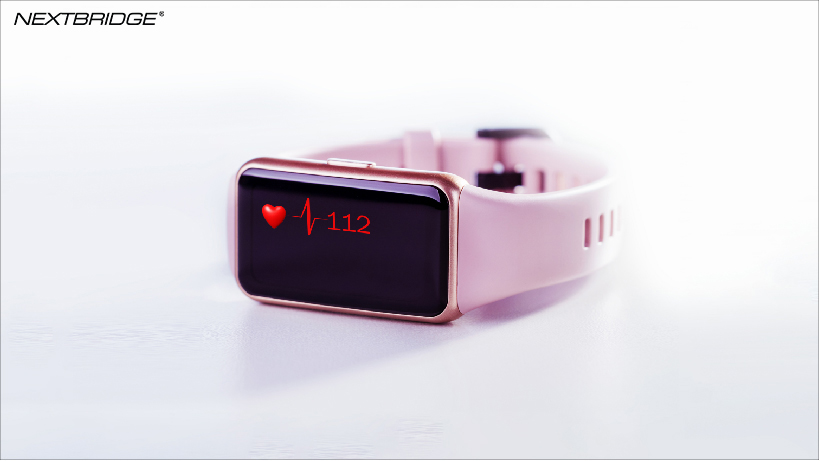

Wearable health technologies can cure many health problems. Curious to know how?
Wearable technologies have earned much significance over the last 10 years. It’s mainly because these small technological gadgets from jewelry to clothing provide many computing functions. But now, these deliver unique health benefits to you as well.
Stay tuned to know how…
If we talk about the top 5 wearable technologies today, these items pop up on the list:
- Smartwatches
- Smart Jewelry
- Fitness Trackers
- Implantables
- HMD Devices (Head-mounted Displays)
Do you own an Apple watch? If yes then it is one classic example of wearable tech.
Did you know that a 20% annual growth rate is seen in the wearable market? Researchers are saying that the market is expected to reach up to 40 billion EUR in the coming years.
Also, the outbreak of COVID-19 has had a tremendous impact on wearable devices like bracelets, necklaces, sports trackers, etc.
Let’s see how it's gaining more popularity in the healthcare sector these days.
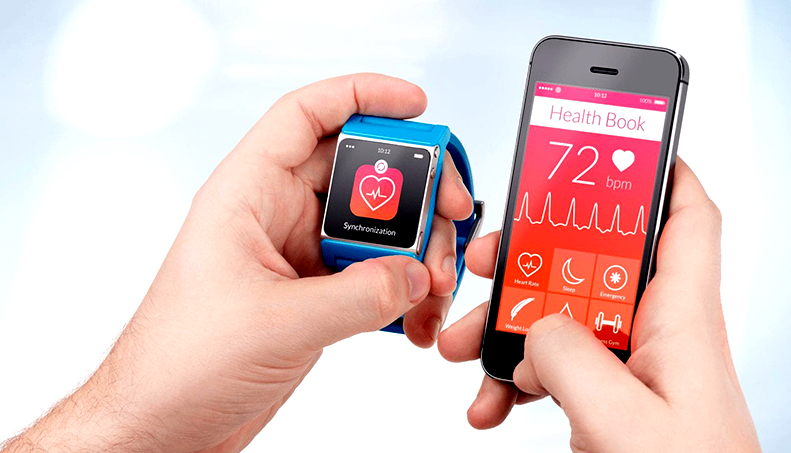
What is Wearable Technology?
Wearable technology aka wearables are electronic devices that you wear as accessories but they are powered by data through the internet. You can install them in clothing, implant them in your body, or wear them casually as an accessory.
Take that same example of the Apple watch. You find it an ultimate healthy life device. You wear it on your wrist but it does not just tell you time but give meaningful health insights too.
It monitors your health information from steps count, glucose level, calories burned, stress, heart rate, sweat levels, to oxygen saturation levels.
Useful, right?
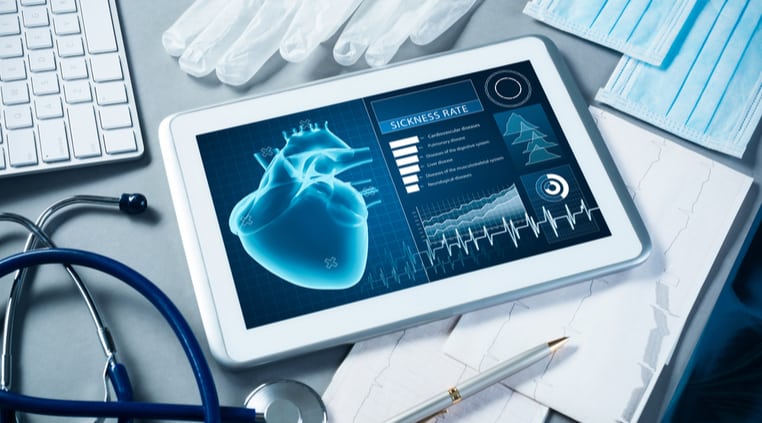
Benefits of Wearable Technology
Scientists and researchers have planned to boost remote patient care with modern gadgets that enable them to receive instant and accurate data to take quick actions.
Wearable health technologies can assist them in detecting several health problems and, as a result, deliver effective patient treatment.
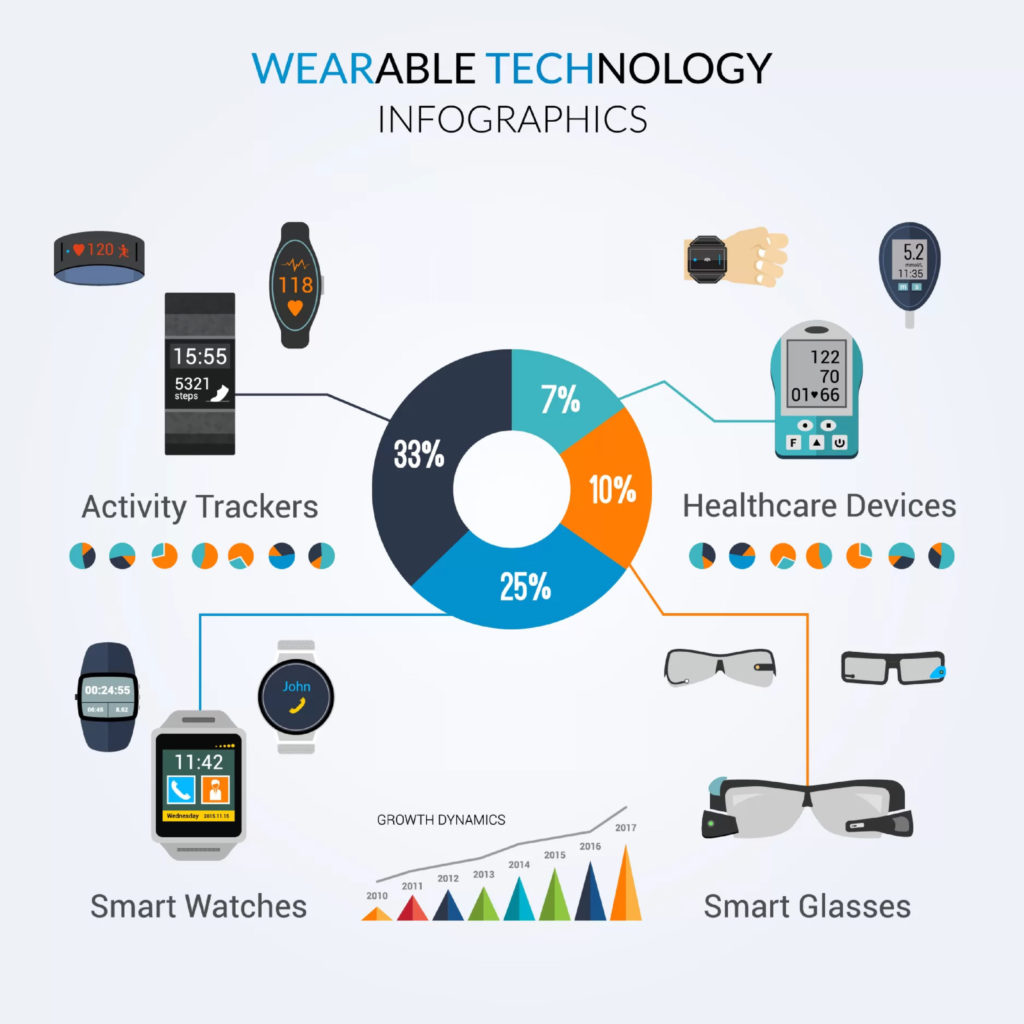
Significance of Wearable Health Technologies
Wearable health technologies are well programmed to predict the approximate death risks of adults and witness regular health problems.
Smart gadgets like implantable cardioverter defibrillators detect heat strokes, prevent sudden arrhythmic death, and monitor mental statuses in patients.
All these portable health technological gadgets deliver approximate monitoring of risks that somehow threatens the lives of patients. It can examine oxygen saturation, heart rate, blood pressure, body temperature, etc.
Some Trendy Wearable Health Technologies to Resolve Health Issues
In collaboration with different partners like science, engineering, health, and technology; wearables experts develop what they call “smart jewelry.”
Let’s find out what these are:
1. Diabetes Jewelry
Do you want a diabetic bracelet? What type of diabetics wearable should you buy?
Diabetes can only be cured by following a certain lifestyle. A way of living that makes your daily monitoring condition easy. Habits that help taking medications on time.
Diabetes jewelry is here to help! You can buy medical ID bracelets such as:
- Stainless Steel Classic Bracelet for $29.99
- Lynx Onyx for $39.99
- Stainless Steel Large Silicone Flex for $24.99
All these and many more can help you with your medical condition such as diabetes.
2. Cardiac Monitor Necklace
There is a necklace that monitors ECG and detects abnormal heart rhythms. It is called an ECG (electrocardiogram). An author Elmeri Santala, a medical student at the University of Eastern Finland says:
“The necklace ECG is simple to use and allows repetitive self-monitoring of heart rhythm, thereby improving the likelihood of detecting atrial fibrillation.”
3. Facett
The facett modular hearing aid is designed to bypass the instinctual fear response you might get while confronting something unfamiliar like sense loss.
If you have hearing loss problems, the design for Facett can relocate the hearing aids from disability to desirability.
4. Activity Trackers
Are you looking for cheap and simple devices that focus on your daily activities? Start relying on activity trackers. They are modern enough to assist you with increasing your overall physical activity.
You can monitor your number of steps, basic heart rate, body temperature data collection, etc.
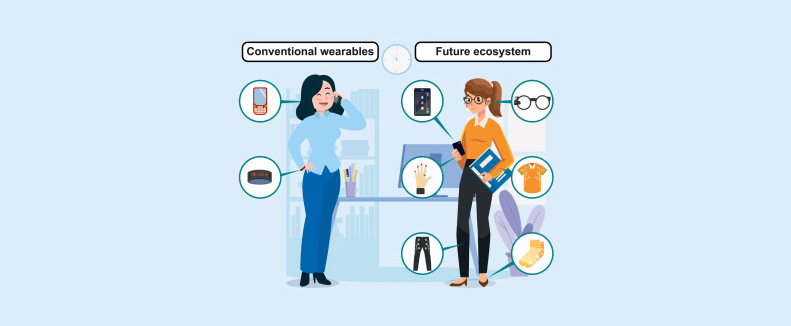
5. AVA
AVA is a portable device to track women’s health, including pregnancy, fertility, weight, sleep monitoring, and stress examination.
6. PIP
This smart device is designed to monitor certain levels of stress to make you calm when needed. It examines the changes in your ectodermal activity and sends signals to your mobile.
7. Bio scarf.
Using a scarf for warmth, sun protection, or as a fashion accessory is obsolete. Use it to protect yourself from pollution, cold, allergy, and flu.
Don’t want to wear an air pollution mask? Don’t like the look of your allergy mask?
Finally, there is an alternative, the Bioscarf!
Use it to protect you and your family from pneumonia, strep, influenza, tuberculosis, pm2.5, pet dander, pollen, smoke, and many other airborne contaminants.
8. E-skin
Takao Someya created this electrical artificial skin that can mimic the properties of human skin. It is used for:
- Prosthetics
- Artificial intelligence
- Soft robotics
- Health monitoring
- Biocompatibility
- Communication devices
9. E-textiles
- Blend regular fabrics and fibers with electronics
- Allow data transfer; such as sensor data on heat, light, movement, and other economic conditions
- Created with wearable computing in mind
10. Smart Contact Lenses
We are talking about AR smart contact lenses!
Its idea was conceived when Mojo Vision CEO, Drew Perkins created cataracts. He began to think about a new way to restore people’s vision but also to give them supervision.
Mr. Sinclair explains:
“At the heart of Mojo Lens is the smallest and densest dynamic display ever built. Our 14KPPI display is a microLED array about the size of a grain of sand that projects text, photos and video content onto your retina.”
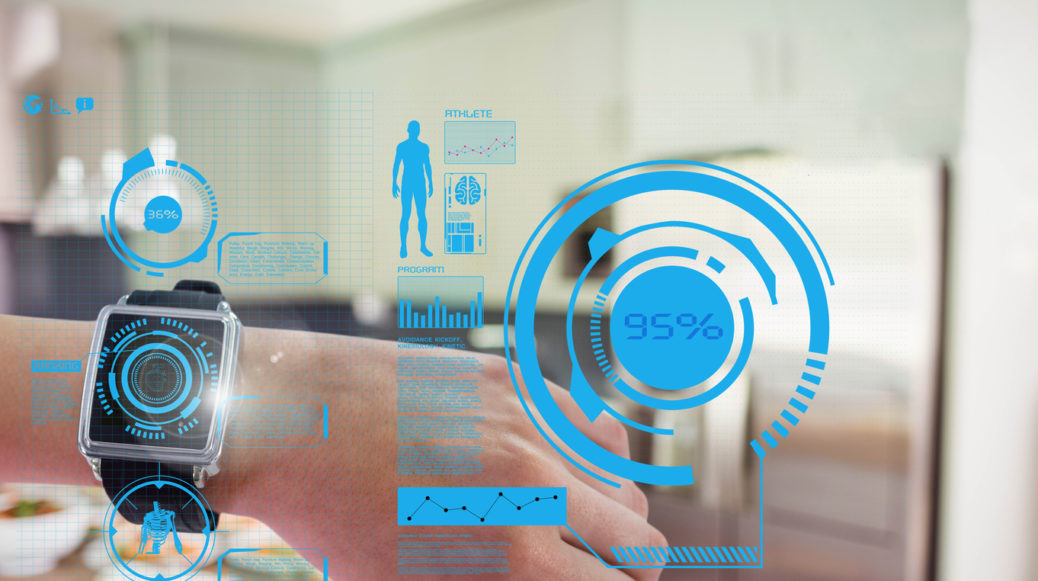
11. Smart Rings
Oura Ring is for $299 because it is a sleep-tracking smart ring. It has several sensors, such as infrared optical pulse measurement, a 3D accelerometer, gyroscope, and body temperature sensors. These provide insights into three areas: Readiness, Sleep, and Activity.
Would you put this ring on?
12. Smart Watches
Smartwatches are widely adopted wearables. Who doesn't know about them?
Apple watches, remember?
13. Smart Tattoo
Are you a tattoo lover? Want to have a smart tattoo on your arm? But hey, this is not a regular black tattoo; it has biosensors. You can have it if you are diabetic.
Smart tattoos are attractive in their look and assist diabetic patients in becoming an alternative to permanent blood collection from the finger.
Benefits of Wearable Technology in Healthcare
Wearable health technology is beneficial for you and manages to provide smart solutions in your life. Following are the few common benefits of wearable technology:
- Reduce Staff Workload
- Prevent Diseases
- Boost Patient Care
- Cost-efficient Per Patient
- Accurate diagnosis
- Keep You Engaged
Final Thoughts
What do you think of these wearable health technologies? We absolutely love them and find them pretty useful.
You can have something similar designed if you want to take this tech seriously. It’s booming to be honest!
There are undoubtedly many benefits of Wearable Health technologies, and you can easily rely on their popularity to grow your businesses.
We at Nextbridge have designed robots for our clients that are present all across the world. You can contact us if you want to leave a mark on the healthcare sector amongst others.
Don't hire us right away
talk to our experts first,
Share your challenges, & then decide if we're the right fit for you! Talk to Us
Partnerships & Recognition
Commitment to excellence







